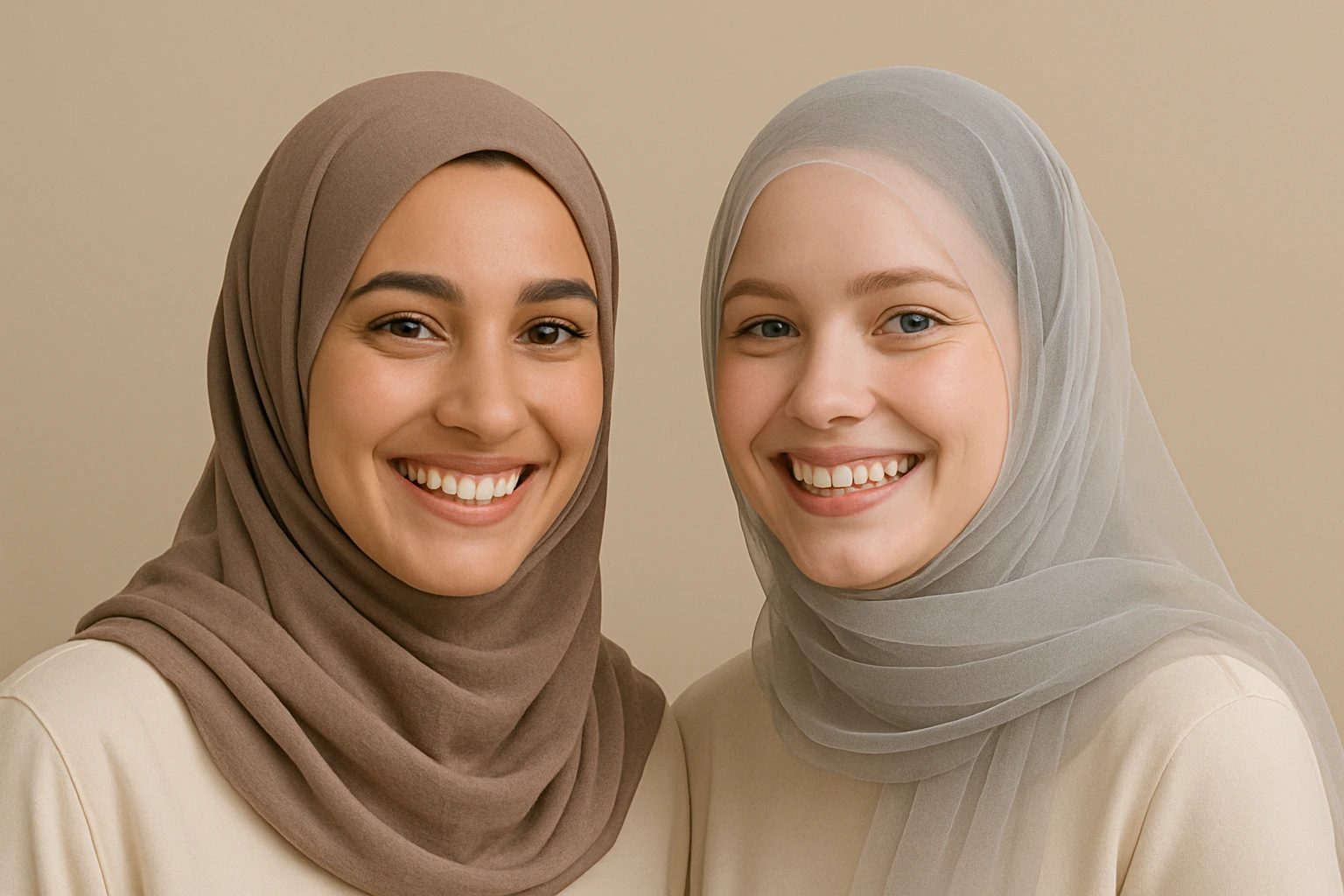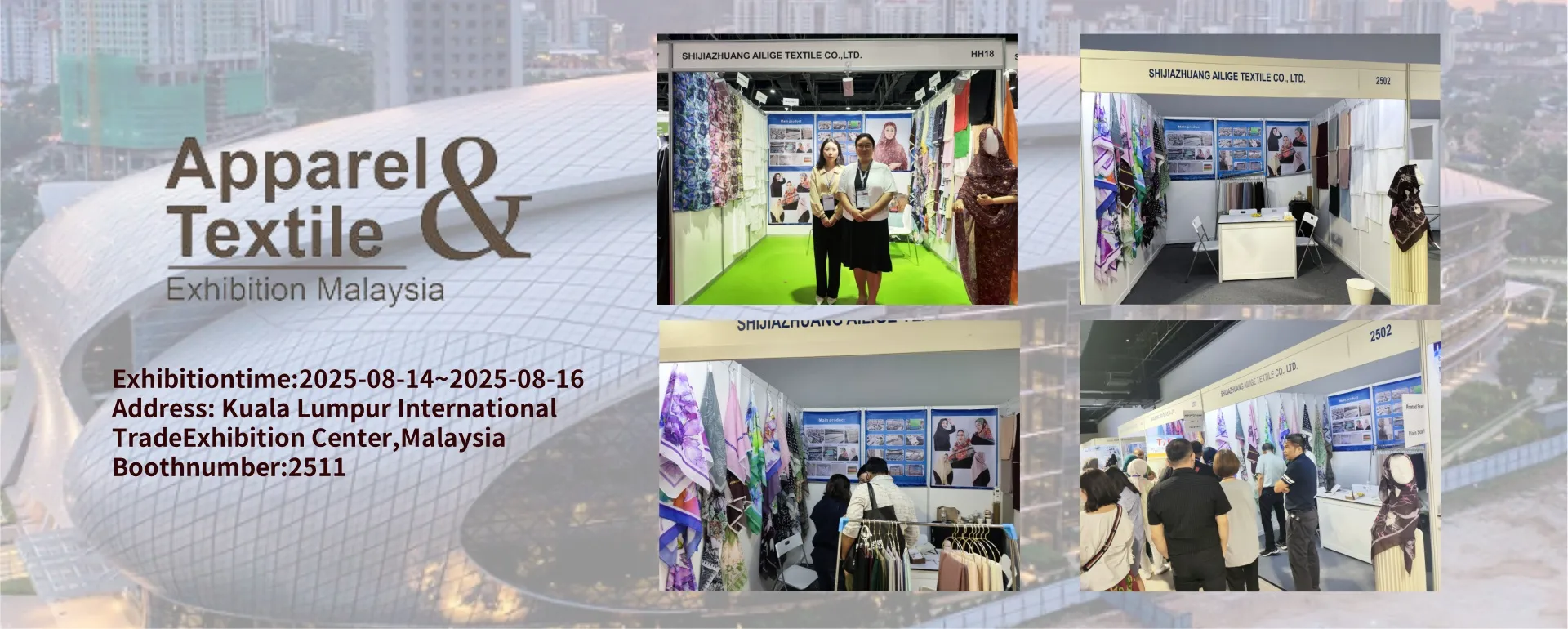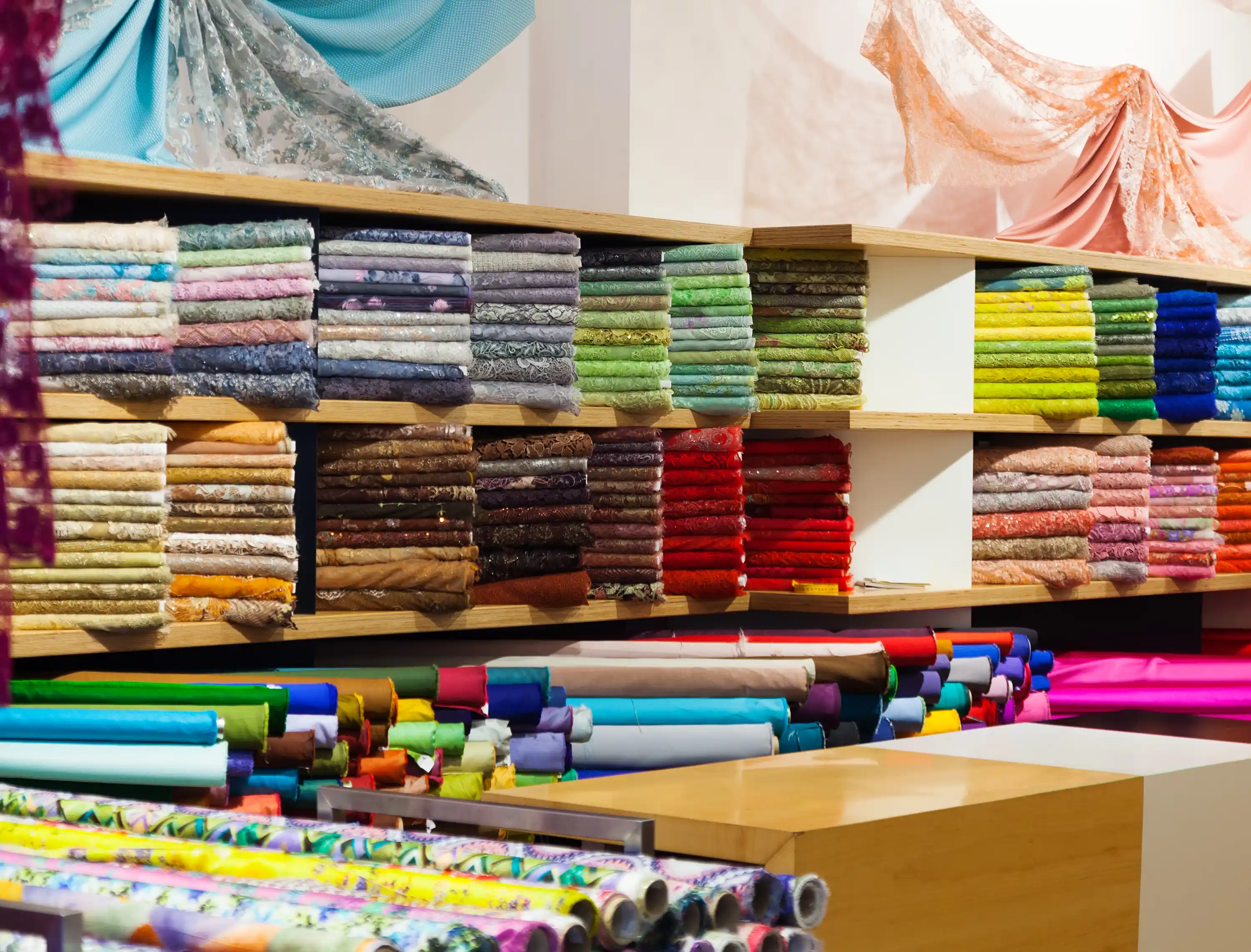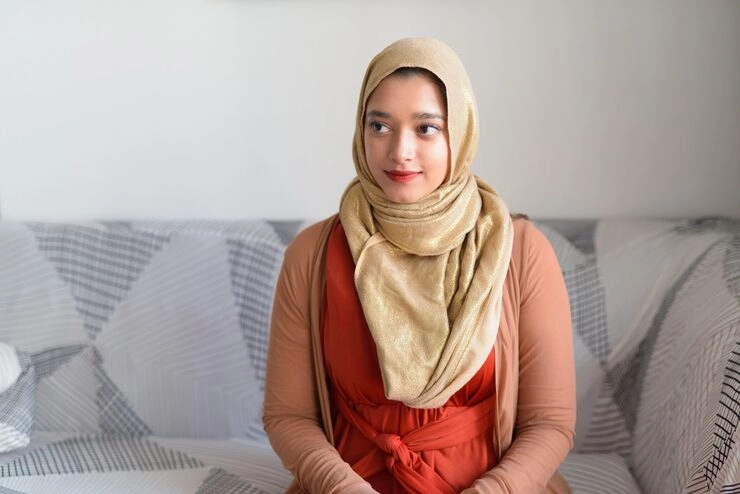The Difference Between Voile and Tulle: A Wholesaler's Guide to Fabric for Hijabs
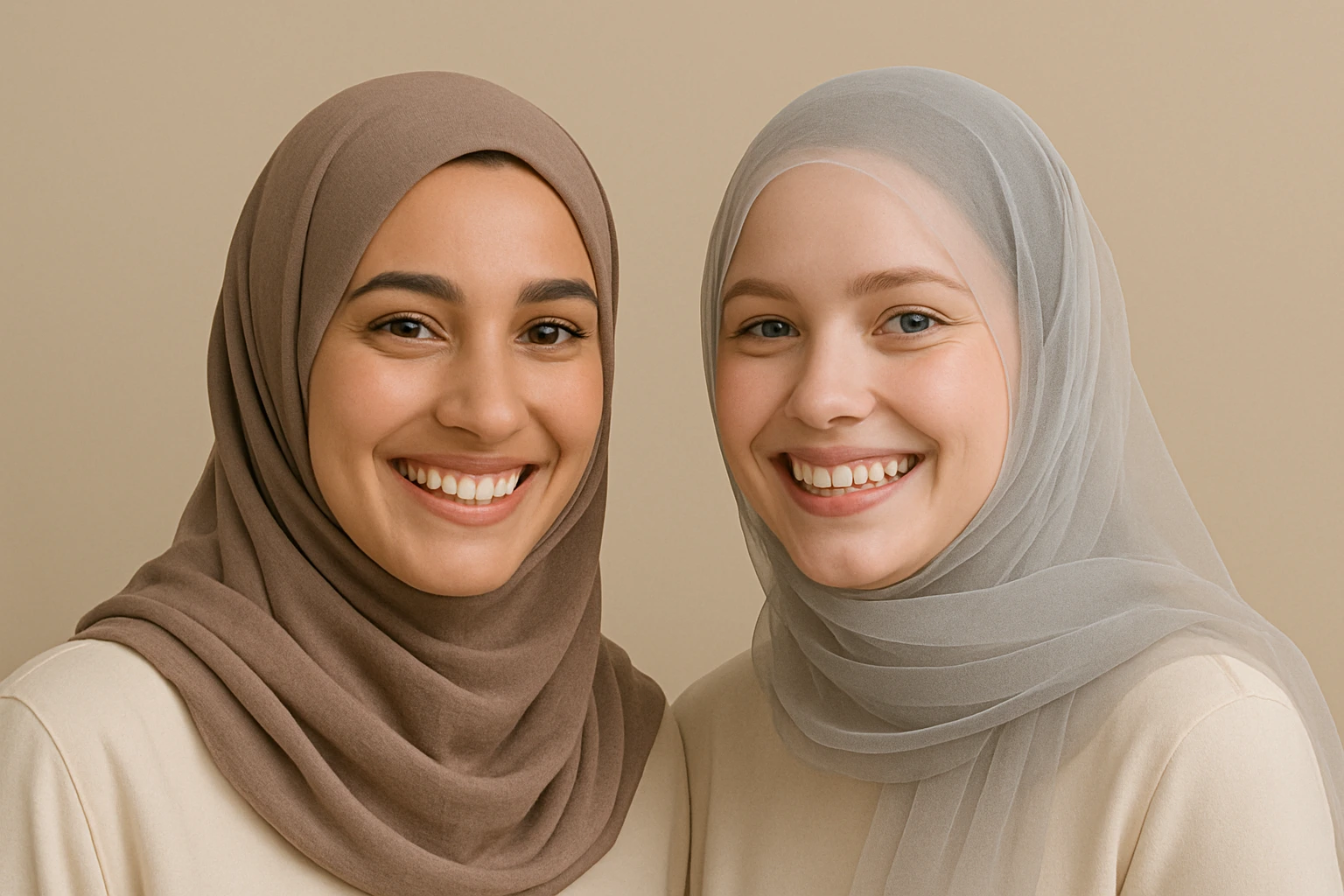
Choosing the right material for hijabs is essential. It shapes comfort, look, cultural fit, and wearability. For wholesalers and designers serving Muslim women across the globe, knowing fabric details helps create products that meet both practical and visual needs. Light, sheer fabrics like voile and tulle are popular for their airy feel and elegant style. However, they differ in structure, texture, and purpose. This guide explores their qualities to help wholesalers make smart choices.
Characteristics of Voile Fabric
Voile is a top pick for hijabs. Its balanced features suit daily wear and fashionable designs.
Material Composition and Weaving Technique
Voile is usually made from pure cotton or a cotton-polyester blend. It uses a plain weave with tightly twisted threads. This forms a slightly sheer look. The fabric stays strong yet feels smooth.
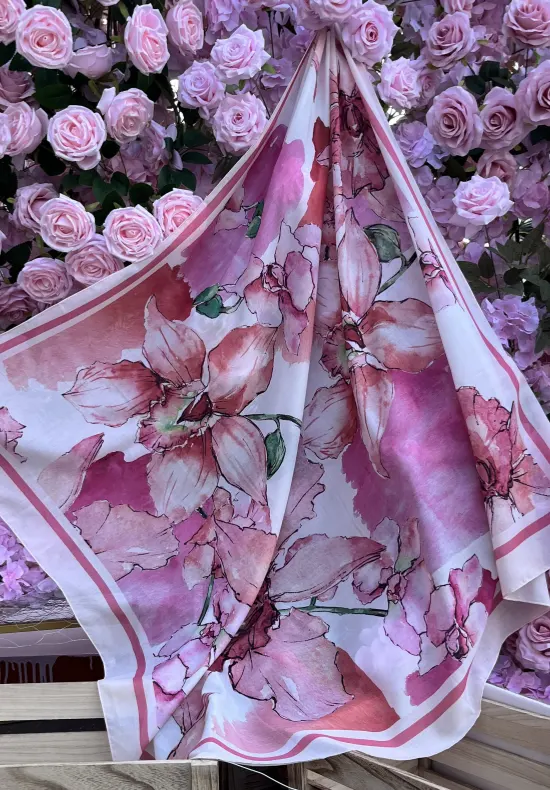
Texture, Weight, and Transparency
Voile is soft to the touch. It is light but not too flimsy. It offers a mix of coverage and airiness. Its faint transparency allows layering while keeping modesty, a vital aspect of hijab design.
Breathability and Skin Comfort
Voile allows air to flow freely. Cotton voile, especially, feels gentle and works well for scarves. It is ideal for hot climates. Air circulates around the head and neck, ensuring ease during long wear.
Common Applications in Fashion and Hijabs
Voile appears in scarves, blouses, dresses, and summer outfits. Its versatility supports simple daily hijabs and intricate, printed, or decorated styles.
Characteristics of Tulle Fabric
Voile provides comfort for everyday use. Tulle, however, serves special purposes due to its unique build.
Mesh Construction and Fiber Types
Tulle is a net-like material. It is made from silk, nylon, polyester, or rayon. Its open weave creates hexagonal gaps by twisting weft threads around warp threads. This mesh structure gives tulle its typical firmness.
Structural Properties and Stiffness
Tulle holds its shape because it is stiff, unlike voile’s flowing drape. This suits structured or layered looks but not loose wraps. Tulle’s firmness varies by fiber and weave, ranging from soft to very rigid.
Visual Appearance and Light Diffusion
Tulle’s sheer nature creates a delicate, dreamy effect. It spreads light softly across its surface. Its transparency adds depth when layered over solid fabrics or enhanced with embroidery or sequins.
Typical Uses in Garments and Accessories
Tulle is used in wedding veils, tutus, evening gowns, and decorative layers. It sometimes appears in hijabs for special occasions, not daily wear.
Choosing the Right Fabric Based on End Use
Several practical factors guide the choice between voile and tulle for hijab production.
Climate Suitability for Target Market
Voile’s airiness suits warm regions like the Middle East or Southeast Asia. Tulle, often synthetic, may feel uneasy in heat unless used as a thin overlay.
Cultural Preferences in Style and Coverage
In places where modesty demands full coverage, voile provides better opacity with layers. Tulle often needs extra linings, which can complicate production.
Maintenance Requirements for End Users
Voile is simple to wash and iron. Tulle’s delicate mesh can snag easily, needing careful care.
Budget Constraints and Price Points
Voile is usually more affordable for bulk production than high-quality silk tulle. Polyester tulle costs less but may lack comfort for daily hijab use.
Voile vs. Tulle: Which Works Better for Hijabs?
Both fabrics have distinct uses, but voile stands out for daily hijabs due to its practical strengths.
Advantages of Voile in Everyday Hijab Use
· Gentle Feel on Skin: Voile’s soft texture prevents irritation, even during long wear. This is key in warm weather.
· Easy Wrap with Natural Flow: Voile drapes smoothly, allowing various styles with minimal pins. It suits quick routines while staying elegant.
· Bright Prints for Custom Looks: Voile holds dyes well and supports modern printing. It creates vivid patterns that last, ideal for unique or seasonal designs.
Situations Where Tulle May Be Appropriate
Tulle shines in specific cases. It works for bridal hijabs with additions like pearls for a striking effect. In fashion displays where bold shapes matter more than comfort, tulle creates dramatic forms that softer fabrics cannot match.
Jinlai Textile: Your Trusted Wholesale Hijab Supplier
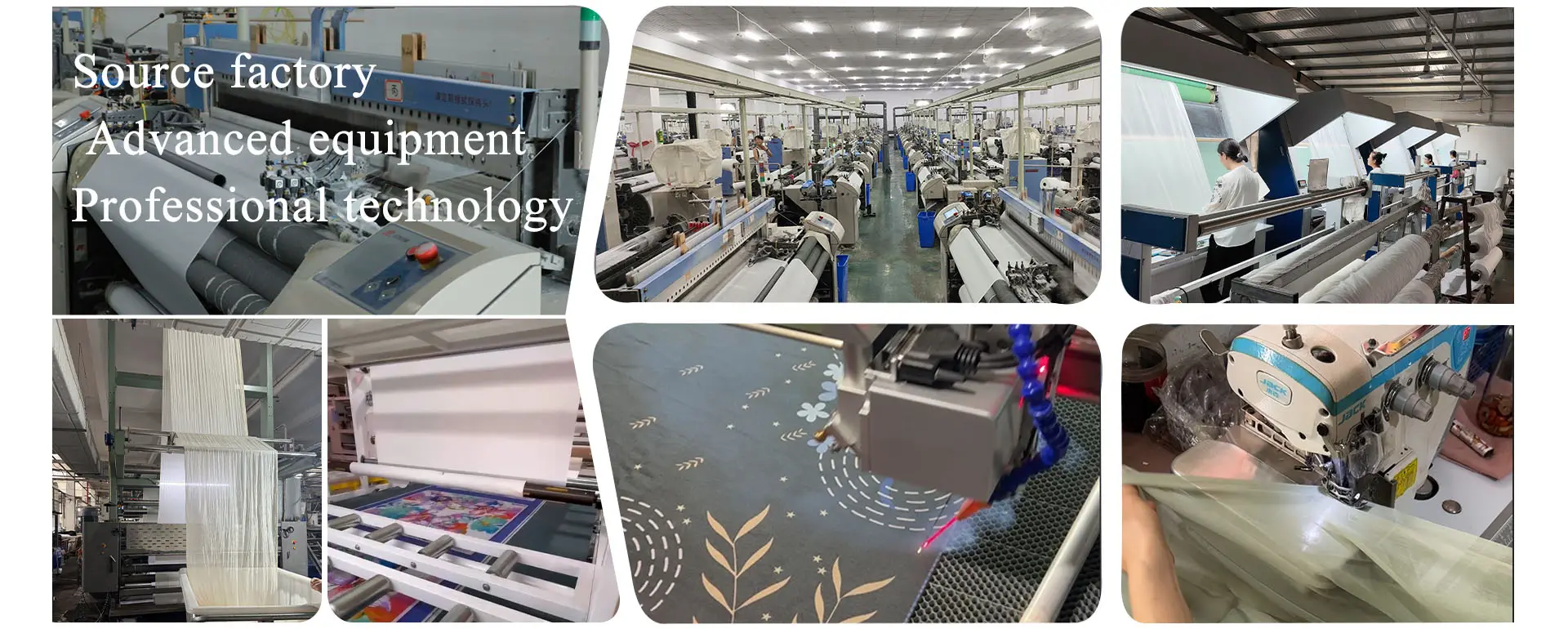
For businesses seeking dependable, high-quality hijab materials, including cotton and polyester voile, Jinlai Textile is a leading choice.
Company Profile and Mission
Jinlai Textile aims to provide excellent, stylish, and culturally respectful scarves for Muslim women worldwide. Its mission combines skilled work with cultural care, making it a reliable partner for global scarf brands.
Product Range Including Voile Options
Jinlai Textile excels in making cotton and polyester voile fabrics. It meets worldwide demand for Muslim women’s headscarves. Producing 50 million meters of raw fabric yearly, it handles large orders efficiently while keeping quality high.
Customization Services for Unique Client Needs
Jinlai offers many personalization options. These cover color, pattern, material, and style choices. This flexibility helps brands craft unique designs that match local trends or religious guidelines.
Commitment to Quality, Integrity, and Customer Satisfaction
Jinlai ensures a smooth process from production to delivery. Its clear operations build trust throughout the supply chain, from samples to bulk orders.
Summary and Conclusion
Voile offers unmatched softness, airiness, and print versatility. It is the best choice for wholesalers targeting daily-wear hijabs. Tulle fits niche roles, perfect for formalwear needing volume or visual appeal. Knowing these differences helps buyers align products with customer expectations while keeping costs efficient through trusted suppliers like Jinlai Textile.
The choice between voile and tulle hinges on purpose—daily comfort or occasional elegance. This understanding helps wholesalers create collections that resonate with Muslim consumers globally while ensuring smooth operations.
FAQs
Q1: Is tulle suitable for making everyday hijabs?
A: Tulle can be used in layered designs. Yet, its stiffness and lower airiness compared to voile make it less suitable for daily wear where comfort matters most.
Q2: Why do many hijab brands prefer cotton voile over other fabrics?
A: Brands choose cotton voile for its gentle touch, smooth drape, and ability to hold bright prints. It meets modesty needs while enhancing visual charm.
Q3: Can I order custom-designed printed voile from Jinlai Textile?
A: Yes, Jinlai Textile provides wide customization options. Clients can choose colors, patterns, and materials. The company supports tailored scarf designs, including custom-dyed and printed fabrics, making it a great partner for brands seeking unique collections.

